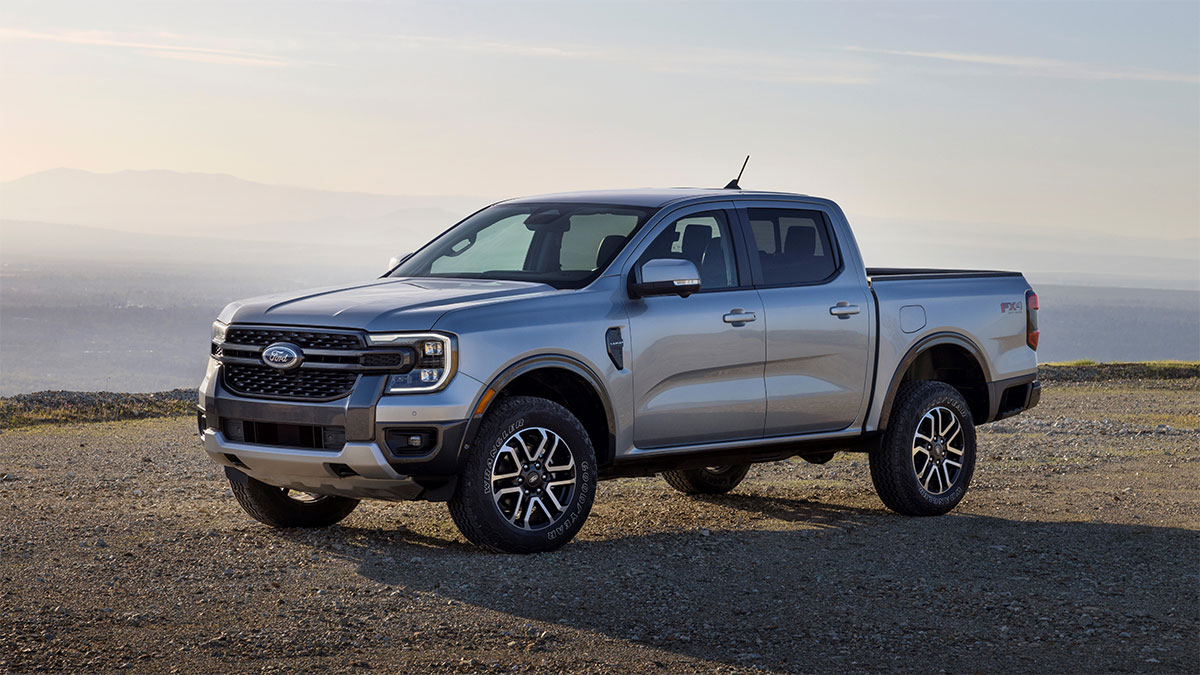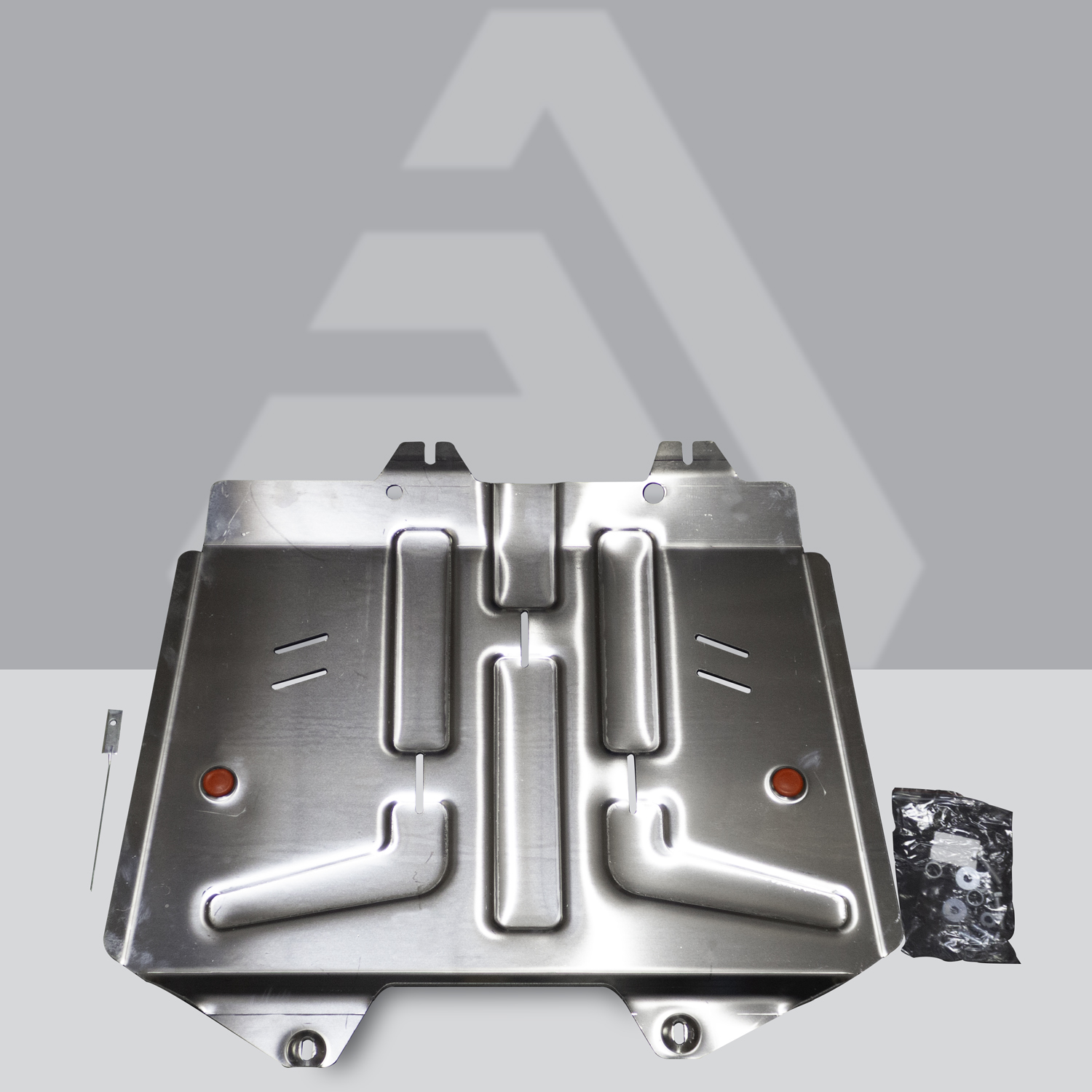- Get link
- X
- Other Apps
- Get link
- X
- Other Apps
Dessin Boite De Truck Ford Ranger 2008 Flatbed: A Comprehensive Guide Usedtruck.Truckstrend.Com
The Ford Ranger, a compact pickup truck known for its reliability and versatility, has been a popular choice for both personal and commercial use for decades. The 2008 model, in particular, offers a solid foundation for customization. One of the most impactful modifications a Ranger owner can make is replacing the standard truck bed with a flatbed. This article, titled "Dessin Boite De Truck Ford Ranger 2008 Flatbed" (drawing/design of a Ford Ranger 2008 flatbed), aims to provide a comprehensive guide to understanding, planning, and potentially executing this modification. We'll explore the benefits, design considerations, practical tips, and potential challenges involved in transforming your 2008 Ford Ranger into a flatbed workhorse. Whether you're a seasoned fabricator or a curious DIYer, this guide will equip you with the knowledge to navigate the process.
What is a "Dessin Boite De Truck Ford Ranger 2008 Flatbed"?
Dessin Boite De Truck Ford Ranger 2008 Flatbed: A Comprehensive Guide
"Dessin Boite De Truck Ford Ranger 2008 Flatbed" literally translates to "drawing/design of a Ford Ranger 2008 flatbed." In essence, it encompasses the planning, sketching, and detailed designing required to replace the original factory-installed truck bed of a 2008 Ford Ranger with a flatbed. This includes creating blueprints, considering dimensions, material selection, mounting points, and any additional features you might want to incorporate into your custom flatbed. The "dessin" or design phase is crucial, as it dictates the functionality, aesthetics, and overall success of the flatbed conversion. A well-thought-out design ensures the flatbed is strong, safe, and perfectly suited to your specific needs.
Why Choose a Flatbed for Your 2008 Ford Ranger?
Converting your 2008 Ford Ranger to a flatbed configuration offers several compelling advantages:
- Increased Payload Capacity: Flatbeds are typically lighter than traditional truck beds, allowing you to carry heavier loads. This is particularly beneficial for commercial applications.
- Enhanced Versatility: The open, unobstructed surface of a flatbed provides unmatched versatility. You can easily transport oversized or oddly shaped items that wouldn't fit within the confines of a standard bed.
- Improved Accessibility: Loading and unloading cargo is significantly easier with a flatbed. There are no sidewalls to contend with, and access is available from all sides.
- Customization Options: Flatbeds offer a blank canvas for customization. You can add toolboxes, headache racks, side rails, tie-down points, and other features to tailor the bed to your specific needs.
- Durability: Well-built flatbeds are typically more durable than standard truck beds. They can withstand the rigors of heavy use and resist damage from scrapes and dents.
- Unique Aesthetics: A flatbed conversion can give your Ford Ranger a rugged and distinctive look. It can transform a standard pickup into a purpose-built work truck.

Designing Your 2008 Ford Ranger Flatbed: Key Considerations
The design phase is the most critical part of the flatbed conversion. Careful planning will ensure a successful and functional outcome. Here are some key considerations:

- Intended Use: What will you primarily be using the flatbed for? Will it be for hauling construction materials, landscaping equipment, recreational vehicles, or something else? This will dictate the size, weight capacity, and features you need.
- Dimensions: Carefully measure your Ranger's frame to determine the appropriate length and width for your flatbed. Consider the wheelbase and any potential overhang. Common sizes range from 6 to 8 feet in length.
- Material Selection: Steel and aluminum are the most common materials for flatbeds. Steel is stronger and more affordable, but heavier. Aluminum is lighter and corrosion-resistant, but more expensive. Consider your budget and the weight you plan to carry.
- Frame Mounting: How will the flatbed attach to the Ranger's frame? You'll need to fabricate or purchase mounting brackets that align with existing frame holes. Proper welding and reinforcement are crucial for safety.
- Weight Capacity: Calculate the maximum weight you'll be carrying on the flatbed and design it to handle that load safely. Factor in the weight of the flatbed itself. Consult your Ranger's owner's manual for GVWR (Gross Vehicle Weight Rating) information.
- Decking Material: Choose a durable and slip-resistant decking material. Common options include treated lumber, steel plate, aluminum plate, and composite decking.
- Side Rails and Headboard: Consider adding side rails or a headboard to secure cargo and protect the cab of your Ranger. These can be custom-built or purchased as pre-fabricated components.
- Lighting: Ensure your flatbed has proper lighting, including taillights, brake lights, turn signals, and license plate lights. These must meet DOT (Department of Transportation) regulations.
- Tie-Down Points: Install plenty of tie-down points to secure your cargo. These can be D-rings, stake pockets, or other types of anchors.
- Toolboxes and Storage: Consider incorporating toolboxes or other storage compartments into your flatbed design for added convenience.
- Ground Clearance: Ensure adequate ground clearance after installing the flatbed, especially if you plan on off-roading.

Creating a "Dessin": The Design Process
While you can hire a professional designer to create a detailed "dessin" for your flatbed, many DIYers opt to create their own sketches and blueprints. Here's a step-by-step approach:
- Gather Measurements: Accurately measure your Ranger's frame, wheelbase, and existing bed mounting points.
- Sketch Initial Ideas: Create rough sketches of your desired flatbed design, experimenting with different configurations and features.
- Refine Your Design: Choose the best design and refine it, adding more detail and dimensions.
- Create a Detailed Drawing: Use graph paper or CAD software to create a detailed drawing of your flatbed, including dimensions, material specifications, and mounting locations.
- Plan the Build Process: Outline the steps involved in building your flatbed, including cutting, welding, and assembly.
Building Your 2008 Ford Ranger Flatbed: A Step-by-Step Guide (Simplified)
This is a simplified overview of the build process. Actual construction will require welding skills, metal fabrication experience, and appropriate safety precautions.
- Remove the Existing Truck Bed: Disconnect all wiring and remove the bolts holding the bed to the frame.
- Fabricate the Flatbed Frame: Cut and weld steel or aluminum tubing to create the frame of your flatbed, following your design.
- Weld Mounting Brackets: Weld mounting brackets to the frame that align with the Ranger's frame holes.
- Install Decking: Attach the decking material to the frame, using screws or bolts.
- Install Side Rails and Headboard (Optional): Weld or bolt side rails and a headboard to the frame.
- Install Lighting: Wire and install taillights, brake lights, turn signals, and license plate lights.
- Install Tie-Down Points: Attach tie-down points to the frame.
- Paint or Coat the Flatbed: Apply a protective coating to prevent rust and corrosion.
- Mount the Flatbed to the Frame: Bolt the flatbed to the Ranger's frame using the mounting brackets.
- Test and Inspect: Thoroughly test the flatbed to ensure it's strong, safe, and functional.
Potential Challenges and Solutions
- Welding: If you're not a skilled welder, consider hiring a professional welder to ensure the structural integrity of your flatbed.
- Wiring: Wiring the lights can be challenging. Consult a wiring diagram and use proper connectors.
- Weight: Carefully calculate the weight of your flatbed and ensure it doesn't exceed your Ranger's GVWR.
- Alignment: Ensure the flatbed is properly aligned with the frame to prevent stress and vibration.
- DOT Compliance: Make sure your flatbed meets all DOT regulations regarding lighting and safety.
Tips for a Successful Flatbed Conversion
- Plan Thoroughly: Spend ample time planning and designing your flatbed before you start building.
- Use Quality Materials: Choose high-quality materials that will withstand the rigors of heavy use.
- Take Your Time: Don't rush the build process. Pay attention to detail and ensure everything is properly aligned and secured.
- Seek Professional Help: If you're unsure about any aspect of the build, don't hesitate to seek professional help.
- Safety First: Always wear appropriate safety gear when welding, cutting, or grinding metal.
Table Price: Estimated Costs for a Ford Ranger 2008 Flatbed Conversion
| Item | Description | Estimated Cost (USD) | Notes |
|---|---|---|---|
| Steel/Aluminum Tubing | Material for the flatbed frame (steel is cheaper but heavier, aluminum is more expensive but lighter and corrosion resistant) | $300 - $1000 | Price varies greatly depending on material, thickness, and quantity. |
| Decking Material | Wood (treated lumber), steel plate, aluminum plate, composite decking. | $150 - $800 | Wood is the cheapest but requires more maintenance. Steel and Aluminum are durable but more expensive. Composite decking offers a good balance. |
| Mounting Brackets | Pre-fabricated or custom-made brackets to attach the flatbed to the truck frame. | $50 - $200 | Custom brackets may require welding. |
| Lighting Kit | Taillights, brake lights, turn signals, license plate light. Must be DOT compliant. | $50 - $150 | LED lights are more durable and energy-efficient. |
| Tie-Down Points | D-rings, stake pockets, etc. | $20 - $100 | Quantity depends on the type and amount of cargo you'll be securing. |
| Welding Supplies | Welding machine, rods, gas, helmet, gloves, etc. (if welding yourself) | $200 - $500 (rental) | If you don't own a welding machine, renting one is a good option. |
| Paint/Coating | Primer and paint or powder coating to protect the flatbed from rust and corrosion. | $50 - $200 | Powder coating is more durable but more expensive. |
| Hardware (bolts, nuts) | Assorted bolts, nuts, washers, screws for assembly. | $20 - $50 | |
| Professional Welding (Optional) | Cost of hiring a professional welder for fabrication. | $200 - $800+ | Depends on the complexity of the design and the welder's hourly rate. |
| Professional Installation (Optional) | Cost of hiring a mechanic to install the flatbed. | $100 - $500+ | Depends on the complexity of the installation. |
| Total Estimated Cost | $1040 - $4300+ | This is a rough estimate. The actual cost can vary significantly depending on your choices and the complexity of the design. It doesn't include the cost of the 2008 Ford Ranger itself. |
Frequently Asked Questions (FAQ)
- Is a flatbed conversion legal? Yes, as long as the flatbed meets all DOT regulations regarding lighting, safety, and weight limits.
- Will a flatbed affect my Ranger's resale value? It depends. For some buyers, a flatbed can increase the value of a work truck. For others, it may decrease the value.
- Can I build a flatbed myself if I don't have welding experience? It's not recommended. Welding is crucial for the structural integrity of the flatbed. Consider hiring a professional welder.
- What tools do I need to build a flatbed? You'll need a welder, cutting tools (plasma cutter, grinder), measuring tools, and basic hand tools.
- How long does it take to build a flatbed? The build time can vary from a few days to a few weeks, depending on the complexity of the design and your skill level.
- Where can I find flatbed design plans? Online resources, forums, and custom fabrication shops may offer flatbed design plans.
Conclusion
Converting your 2008 Ford Ranger to a flatbed configuration can significantly enhance its versatility and functionality. By carefully planning your design, selecting the right materials, and following a methodical build process, you can transform your Ranger into a capable work truck that meets your specific needs. Remember to prioritize safety, adhere to DOT regulations, and seek professional help when needed. With a well-executed "Dessin Boite De Truck Ford Ranger 2008 Flatbed," you can unlock the full potential of your Ranger and enjoy the benefits of a custom-built flatbed for years to come. The key takeaway is that thorough planning and design ("dessin") are paramount to a successful and safe flatbed conversion.
- Get link
- X
- Other Apps
Comments
Post a Comment